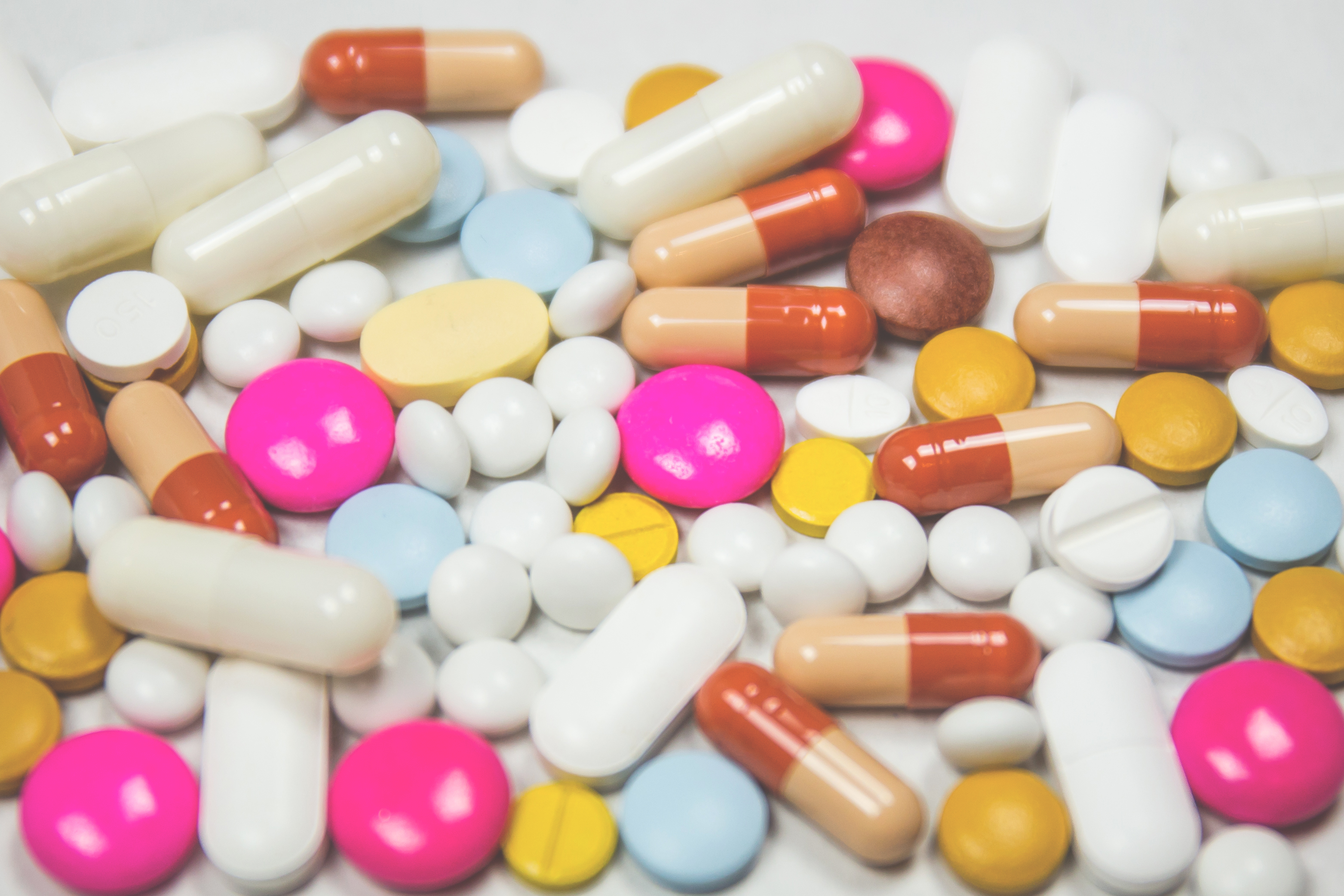
Opium is a plant containing opioids which reduce pain by binding to opioid receptors. Cannabis is a plant containing cannabinoids which produces a diverse range of effects by acting on cannabinoid receptors. The Drug Enforcement Agency lists several opioids including heroin as schedule I drugs. They also list all cannabis, hemp, and cannabinoids as schedule I drugs. This means the DEA sees cannabis and heroin as comparable threats to society that offer no medical benefit. So, what is the difference between opioids and cannabis, and why would someone choose to treat their pain with one over the other?
Chances are, you’ve heard of opioids such as fentanyl, oxycodone, hydrocodone, codeine, and morphine. They are a class of drugs that interact with opioid receptors on nerve cells in the brain and body which produce pain relieving and euphoric effects. Prescriptions for drugs such as these have been on the rise along with overdoses from taking them. According to the Centers for Disease Control and Prevention, both the sale of prescription opioids and prescription opioid overdose deaths in the U.S. nearly quadrupled from 1999 to 2014.
The reason death occurs in the case of an opioid overdose is due to the areas of the brain and body that have the highest densities of opioid receptors. The three major locations of these high density areas are the spinal cord, limbic system, and brainstem. The brainstem includes the medulla, the part of the brain that controls the autonomous, non-voluntary functions of the body like breathing and heart rate. In the event of an overdose, areas of the brain with the highest densities of opioid receptors become depressed, causing heart failure and/or respiratory failure.
There is a relatively high risk of opioid dependence, and once addicted, it can be difficult to stop. The CDC concluded that anyone who takes prescription opioids can become addicted to them, and that nearly one in four patients receiving long-term opioid therapy in a primary care setting struggles with opioid addiction.
Cannabis contains cannabinoids: chemical compounds that bind on cannabinoid receptors located in the brain and body to regulate the communication of cells. The most highly concentrated cannabinoid receptors in the brain are located in the basal ganglia, the hippocampus, and cerebellum. These areas are responsible for managing several faculties such as emotion, memory, motor control, and the autonomic nervous system. In the event of an overdose of cannabinoids, the affected areas are not responsible for autonomic function. This means that if an overdose occurs, side effects may include headache, nausea, vomiting, and/or paranoia, but there has never been a recorded case of death by overdose of cannabinoids.
While cannabis has never been known to be fatal in and of itself, the CDC does warn against addiction stating that one in ten marijuana users will become addicted, including one in six for those who begin using before the age of eighteen. They define cannabis addiction as: unsuccessful efforts to quit using marijuana, giving up important activities with friends and family in favor of using marijuana, and using marijuana when it is known that it causes problems fulfilling everyday jobs at home, school or work.
While both cannabis and opioids are effective in pain management, cannabis has never been linked to death by lethal dosage, while the CDC reports that more than three out of five drug overdose deaths involve an opioid. So why use opioids to treat pain? The legal availability and the widespread cultural acceptance make opioids easier to obtain and use. With most opioids listed as a schedule II drugs by the DEA, a slew of these can be marketed to you and prescribed by healthcare professionals at their discretion. Cannabis and cannabinoids are listed as a schedule I drugs, making all cannabis or cannabis derived medications illegal federally, even medications that don’t cause a “high” like CBD. This of course means that, regardless of local or state law, the federal government sees cannabis as having no medicinal value.
Are you in the Ann Arbor area and interested in learning more about your options for long and short-term pain treatment? Contact Arbors Wellness today.